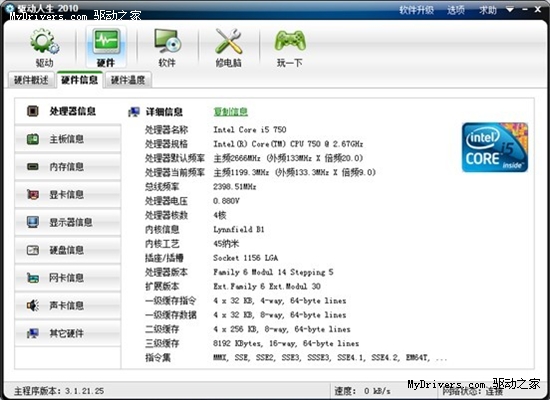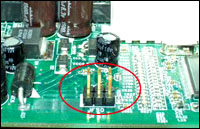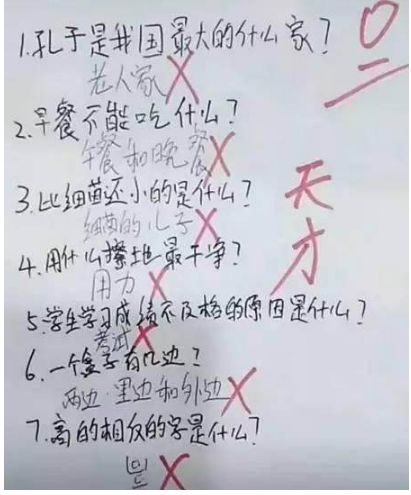1.json转字符串
复制代码代码如下:
function json2str(o) {
var arr = [];
var fmt = function (s) {
if (typeof s == 'object' && s != null) return json2str(s);
return /^(string|number)$/.test(typeof s) ? "'" + s + "'" : s;
};
for (var i in o) arr.push("'" + i + "':" + fmt(o[i]));
return '{' + arr.join(',') + '}';
}
2.时间戳转为Date
复制代码代码如下:
function fromUnixTime(timeStamp) {
if (!timeStamp || timeStamp < 1000 || timeStamp == ' ') return "";
var theDate = new Date(parseInt(timeStamp) * 1000);
return theDate;
}
3.Data-format
复制代码代码如下:
// 作者: meizz
// 对Date的扩展,将 Date 转化为指定格式的String
// 月(M)、日(d)、小时(h)、分(m)、秒(s)、季度(q) 可以用 1-2 个占位符,
// 年(y)可以用 1-4 个占位符,毫秒(S)只能用 1 个占位符(是 1-3 位的数字)
// 例子:
// (new Date()).Format("yyyy-MM-dd hh:mm:ss.S") ==> 2012-12-02 08:12:04.423
// (new Date()).Format("yyyy-M-d h:m:s.S") ==> 2012-12-02 8:12:4.18
Date.prototype.Format = function(fmt) {
var o = {
"M+": this.getMonth() + 1, //月份
"d+": this.getDate(), //日
"h+": this.getHours(), //小时
"m+": this.getMinutes(), //分
"s+": this.getSeconds(), //秒
"q+": Math.floor((this.getMonth() + 3) / 3), //季度
"S": this.getMilliseconds() //毫秒
};
if (/(y+)/.test(fmt))
fmt = fmt.replace(RegExp.$1, (this.getFullYear() + "").substr(4 - RegExp.$1.length));
for (var k in o)
if (new RegExp("(" + k + ")").test(fmt))
fmt = fmt.replace(RegExp.$1, (RegExp.$1.length == 1) ? (o[k]) : (("00" + o[k]).substr(("" + o[k]).length)));
return fmt;
};
4.日期上增加n天
复制代码代码如下:
function addDay(number) {
return fromUnixTime(new Date().getTime() / 1000 + 24 * 60 * 60 * number);
}
5. 使用 iframe 时,父窗体与子窗体之间的相互调用
复制代码代码如下:
// 父窗体调用子窗体内的函数
window.frames['ifm_id'].valueChange("id_101");
// 子窗体调用父窗体的函数
parent.refreshTree("nodeId_202");
6. 弹出窗体与返回值
复制代码代码如下:
// 弹出窗体
var url = "http://www.baidu.com";
win=window.showModalDialog(url,window,"dialogLeft:400;dialogTop:200;dialogWidth:560px;dialogHeight:380px;scroll:yes;menubar:no;toolbar:no;status:no;");
// 在弹出窗体中设置返回值
var result = new Array();
result[0] = "id_101";
result[1] = "name_202";
window.returnValue = result;
window.close();
7. javascript 作用域[只有全局作用域和函数作用域,javascript没有块作用域]
复制代码代码如下:
// 1. 全局作用域
var id = "global variable"; // 1.1 在函数外部定义的变量
function showMsg(){
message = "global message";// 1.2 未定义而直接赋值的变量
// 在第一次使用时被定义为全局变量
}
// 2. 函数作用域
function doCheck(){
var data = "function data";// 2.1 在函数内部定义的变量
}
8. javascript 继承机制
复制代码代码如下:
// 1. 对象冒充继承
function Person(strName){
// private fields
var name = strName;
// public methods
this.getName = function(){
return name;
};
}
function Student(strName,strSchool){
// 定义父类的属性及方法
this.parent = Person;
this.parent(strName);
delete this.parent; // 删除临时变量 parent
// 定义新属性及方法
// private fields
var school = strSchool;
// public methods
this.getSchool = function(){
return school;
};
}
// 2. Funtion 对象的 call(..) 或 apply(..) 继承
// call 和 apply 的区别在于:
// call 的第二个参数为可变参数;
// apply 的第二个参数为 Array;
function Animal(strName,intAge){
// private fields
var name = strName;
var age = intAge;
// public methods
this.getName = function(){
return name;
};
this.getAge = function(){
return age;
};
}
function Cat(strName,intAge,strColor){
// 定义父类的属性及方法
Animal.call(this,strName,intAge);
// Animal.apply(this,new Array(strName,intAge));
// 定义新属性及方法
// private fields
var color = strColor;
// public methods
this.getInfo = function(){
return "name:" + this.getName() + "/n"
+ "age:" + this.getAge() + "/n"
+ "color:" + color;
};
}
// 3. prototype 继承
// prototype 声明的属性及方法被所有对象共享
// prototype 只有在读属性的时候会用到
Function.prototype.extend = function(superClass){
// 此处的 F 是为了避免子类访问父类中的属性 this.xxx
function F(){};
F.prototype = superClass.prototype;
// 父类构造函数
this.superConstructor = superClass;
this.superClass = superClass.prototype;
this.prototype = new F();
this.prototype.constructor = this;
};
Function.prototype.mixin = function(props){
for (var p in props){
this.prototype[p] = props[p];
}
};
function Box(){}
Box.prototype = {
getText : function(){
return this.text;
},
setText : function(text){
this.text = text;
}
};
function CheckBox(){}
CheckBox.extend(Box);
CheckBox.mixin({
isChecked : function(){
return this.checked;
},
setChecked : function(checked){
this.checked = checked;
}
});
9. call , apply & bind
复制代码代码如下:
// thisArg 表示在 fun 内部时 this 所指示的对象
// call & apply 将立即执行 fun 并返回结果
var result = fun.call(thisArg,arg1,...);
var result = fun.apply(thisArg,[argsArray]);
// thisArg 表示在 fun 内部时 this 所指示的对象
// bind 返回的是一个匿名函数
var tmpfun = fun.bind(thisArg);
var result = tmpfun(arg1,...);
复制代码代码如下:
<script type="text/javascript">
/**
* 扩展 Function 的功能
*/
Function.prototype.bind = function(obj){
var method = this;
var tmpfun = function(){
return method.apply(obj,arguments);
};
return tmpfun;
}
function Parent(){
this.name = "parent";
}
function Child(){
this.name = "child";
this.getName = function(time){
return time + " " + this.name;
};
}
var parent = new Parent();
var child = new Child();
alert(child.getName(1)); // show 1 child
alert(child.getName.call(parent,2)); // show 2 parent [call & apply 会立即执行]
var tmpfun = child.getName.bind(parent);// bind 不会立即执行
alert(tmpfun(3)); // show 3 parent
</script>
10. js "==" Operator
复制代码代码如下:
转换规则
如果一个操作数是 Boolean 值,则比较之前将其转成数字:false -> 0, true -> 1;
如果一个操作数是数字,另一操作数是字符串,则比较之前将字符串转成数字;
如果一个操作数是对象,另一操作数是数字或字符串,则比较之前会将对象转为基本类型,
引擎会先尝试调用 valueOf(),如果 valueOf() 没有 override 或返回一个对象,
则引擎会尝试调用 toString(),如果 toString() 没有 override 或返回一个对象,则抛出异常;
如果是两个对象进行比较,则判断它们是否引用同一对象;
如果一个操作数是 NaN, == 将返回 false, != 将返回 true;
null 和 undefined 与其它值比较将返回 false,
但 null == null, undefined == undefined, null == undefined;
参与比较时 null 和 undefined 不能转为其它值;















